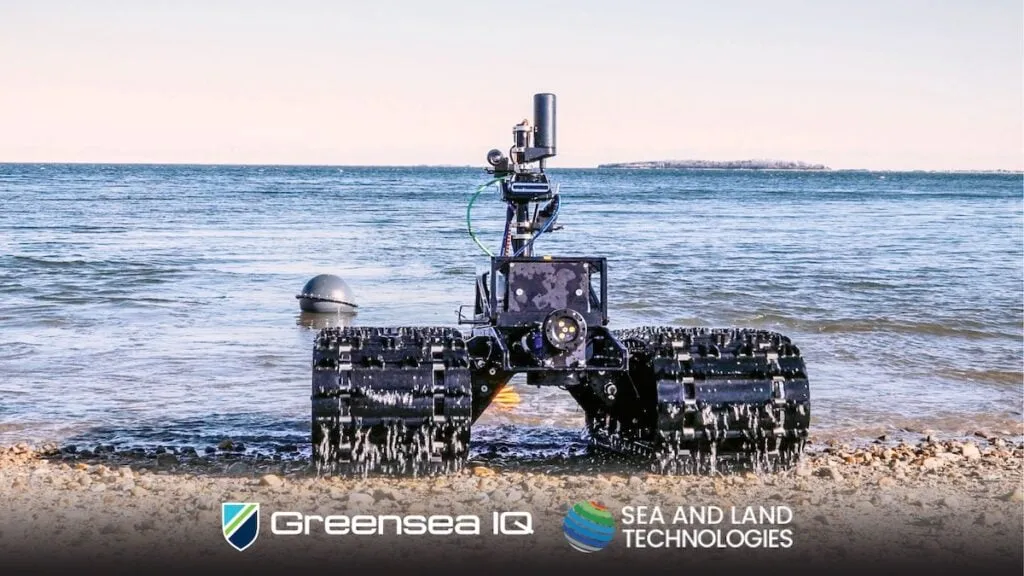Researchers Shashwat Singh, Zilin Si, and Zeynep Temel have developed PuffyBot, an innovative untethered robot designed to navigate both terrestrial and aquatic environments seamlessly. Inspired by the adaptability of amphibians, PuffyBot showcases a unique ability to change its body morphology, making it versatile for various terrains.
The core of PuffyBot’s design lies in its scissor-lift mechanism, driven by a linear actuator. This mechanism allows the robot to alter its body shape significantly, achieving a volume change from 255.00 cm³ to 423.75 cm³. This transformation is crucial for modulating the buoyant force, which helps counteract the downward force exerted by the robot’s 330-gram mass. The integration of a bell-crank linkage with the scissor-lift mechanism further enhances PuffyBot’s capabilities. This linkage adjusts the servo-actuated limbs by 90 degrees, enabling a smooth transition between crawling and swimming modes.
One of the standout features of PuffyBot is its waterproof design, achieved through the use of thermoplastic polyurethane (TPU) fabric. This ensures that the robot remains fully functional in aquatic environments. Powered by an onboard battery of 1000 mA h, PuffyBot can operate untethered for up to two hours, providing ample time for exploration and data collection in diverse settings.
The researchers demonstrated PuffyBot’s versatility through a series of experiments. The robot successfully performed multi-environment locomotion, including crawling on land, crawling on the underwater floor, swimming on the water surface, and adjusting its buoyancy to submerge or resurface. These capabilities highlight the potential of shape-morphing technology in creating energy-efficient robotic platforms suitable for a wide range of environments.
PuffyBot’s design and functionality offer promising applications in various fields, from environmental monitoring to search and rescue operations. Its ability to adapt to different terrains makes it a valuable tool for exploring and interacting with complex ecosystems. As research in robotics continues to advance, PuffyBot stands as a testament to the innovative solutions that can emerge from studying and mimicking natural biological systems. Read the original research paper here.

